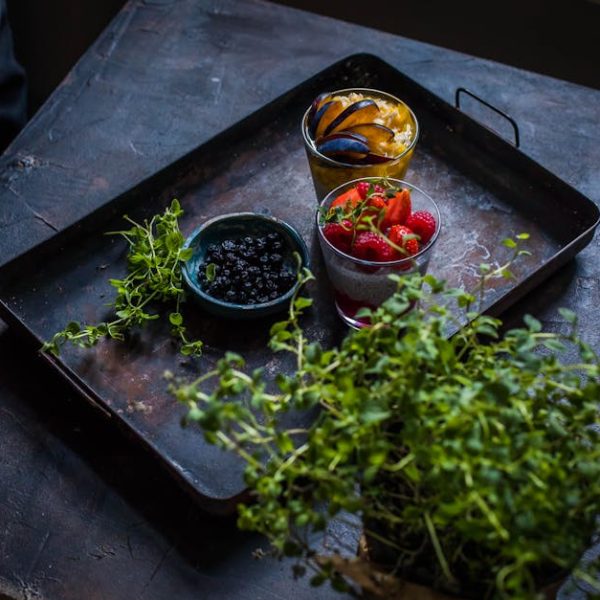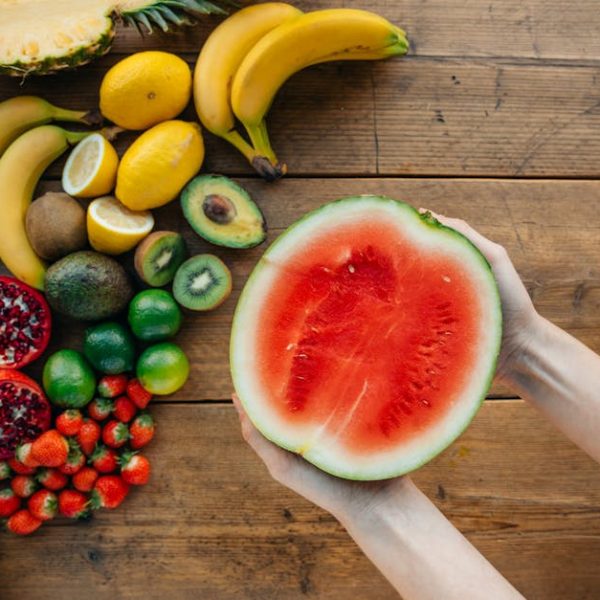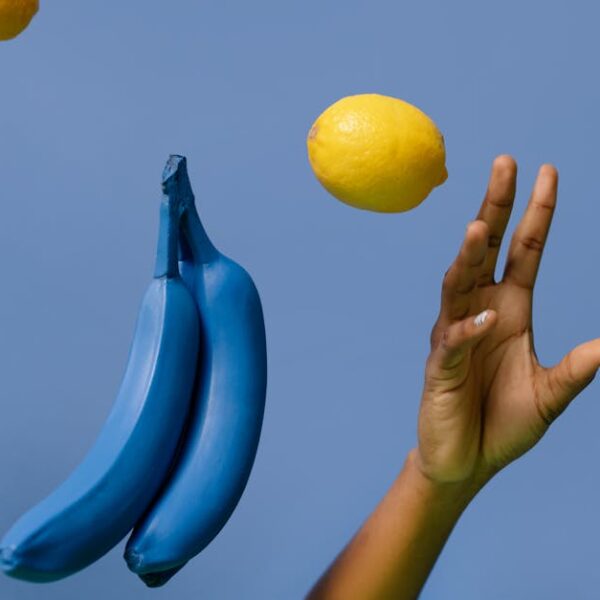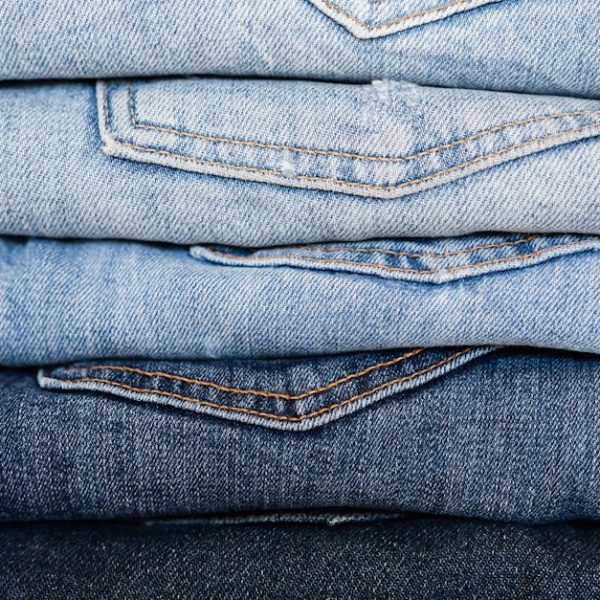Perfectly ripe peaches are a treasure to behold. Their intoxicating sweet smell tantalizes your senses as you partake in the juiciness of flavorful flesh. But how can you tell if your peaches have reached this scrumptious stage of ripeness? Well, it’s certainly not a gamble. Four quick methods can help you accurately determine if your peaches are perfectly ripe: The Feel Test, Checking the Color, Assessing the Smell, and Tasting a Slice.
Let’s delve deep into each of these methods to help you acquire the perfect peach tasting experience.
The Feel Test
The feel of a peach can provide an accurate indication of its ripeness. A perfectly ripe peach will yield slightly under gentle pressure when held in the palm of your hand. It’s essential to exercise care while executing this test, as squeezing too hard may lead to bruising, and nobody likes a bruised peach!
Here’s the proper way to carry out the Feel Test:
- Hold the peach gently in your palm, keeping your fingers outstretched and relaxed.
- Don’t pinch or add pressure directly with your fingers; instead, let the weight of the peach rest against your palm.
- Allow the peach to sit in your hand. If it yields just a little to the general pressure from your palm, it’s perfectly ripe.
Beware that this method requires a bit of finesse, as an understated change in pressure can indicate the difference between an underripe and ripe peach. However, despite its potential pitfalls, with practice, you’ll soon become a pro at the Feel Test.
Checking the Color
Color provides a visible sign of a peach’s ripeness. While it may seem logical that a ripe peach should have a deep orange hue, the truth is a bit more complicated. The ideal ripe peach will have a bright, vibrant mix of yellow, red, and orange tones. However, a good tip to remember is: the less green, the riper the peach.
Key visual traits for assessing ripeness include:
- A deep yellow undertone: It’s a promising sign of ripeness.
- Lack of green: If green is very apparent, it’s likely underripe.
- Intensity of red color: This can vary wildly and is not the most reliable indicator.
Remember, comparing the colors of different peaches can help you get an idea of how color changes with ripeness—but don’t rely on color alone.
Assessing the Smell
Another key to unlocking the ripeness mystery is the smell of a peach. A ripe peach usually carries a strong, sweet, and fruity fragrance. If it doesn’t smell like anything, it requires more time to ripen. On the other hand, if its smell is excessively sweet or fermented, it’s probably overripe.
Smelling peaches without bruising them may seem tricky, but here’s an expert tip: Gently bring the stem end of the peach towards your nose. You should get a whiff of its peachy aroma without damaging it.
Simply relying on smell might not always be foolproof, but when combined with other checks, it certainly helps in confirming the peach’s ripe status.
Tasting a Slice
Once you’ve assessed the feel, the color, and the smell, sometimes the only way to confirm the ripeness of a peach is to take a small bite. Sampling a slice of the peach should ideally be the last resort because – let’s face it – once you’ve cut into a peach, there’s no going back! But it’s still a reliable strategy, and there’s really no substitute for the taste test when it comes to confirming ripeness.
A perfectly ripe peach will be juicy and will have a sweet, aromatic flavor with a hint of tanginess. On the other hand, an underripe peach will taste somewhat bland and its texture will most likely be hard or crunchy while an overripe peach may taste overly sweet and its texture might feel mushy.
Here are some tips when it comes to tasting a slice to determine ripeness:
- Select a peach you’ve already assessed using the previous methods and you deem is most likely perfectly ripe.
- Use a clean knife to slice a small piece near the stem end.
- Taste the peach slice and assess the sweetness, the juiciness, and the texture.
This method certainly has its pros and cons. Check out the table below for comparison:
| Pros | Cons | |
|---|---|---|
| Feel Test | Non-destructive and quick. | Requires practice and finesse. |
| Color Check | Visual and immediate. | Color can be deceptive. |
| Smell Test | Highly reliable when paired with other tests. | Overripe and perfectly ripe peaches can smell quite similar. |
| Taste Test | Absolutely confirmatory. | Destructive and not always practical. |
Using All Four Methods Together
It’s worth noting that none of these methods is entirely infallible. Each one alone could potentially lead you astray, which is why we recommend going through these steps in order to ensure that your peach is indeed perfectly ripe.
Firstly, hold the peach gently in your palm and feel it, and then examine its color for signs of ripeness. Next, take a gentle whiff of it to see if you can detect that iconic peach aroma. If you’re still unsure, take a small slice and have a taste.
By using these four methods in conjunction, you’re almost sure to become a peach ripeness expert in no time! You’ll then be able to savor and enjoy juicy, ripe peaches at their absolute peak.
Now, are you ready to enjoy some perfectly ripe peaches? Remember to trust your senses and take your time when assessing a peach’s ripeness. After all, a perfectly ripe peach is worth the wait!
Key Takeaway:
- A ripe peach can be identified using four primary methods: The Feel Test, Checking the Color, Assessing the Smell, and Tasting a Slice.
- Of these, the Feel Test is non-destructive, quick, but requires some finesse to avoid bruising the peach.
- Examining a peach’s color can provide instant results, but it may sometimes be misleading.
- A strong, sweet, and fruity fragrance of a peach suggests its ripeness.
- Tasting a slice gives the most accurate indication, but is a bit destructive and not always practical.
- Consider using all four methods together to ensure your peach is perfectly ripe.
Remember when checking for peach ripeness, trust your senses. Each method comes with unique advantages and minor pitfalls, but by using them together, you can confidently identify a perfectly ripe peach. Now get ready to enjoy the juiciness of flavorful peaches, at their absolute peak!
FAQs
Q: What does an overripe peach smell like?
A: An overripe peach tends to have a slightly fermented or excessively sweet smell.
Q: Can unripe peaches ripen after being picked from the tree?
A: Yes, peaches continue to ripen after being picked. Store them at room temperature for best results.
Q: Can you determine the ripeness of a peach just by checking its color?
A: While color does give a visible sign of ripeness, it is not completely reliable. So, it’s best to pair it with other methods.
Q: Can you feel the difference between a ripe and an underripe peach?
A: Yes, you can. A ripe peach will yield slightly under gentle pressure, whereas an underripe one will feel hard.
Q: Does taking a slice to taste it ruin the rest of the peach?
A: Not necessarily. But once you’ve cut into a peach, it is best to consume it soon to prevent it from going bad.
We hope we’ve answered most of your queries. Please share this article and explore more posts on our website for any other information you might need.





